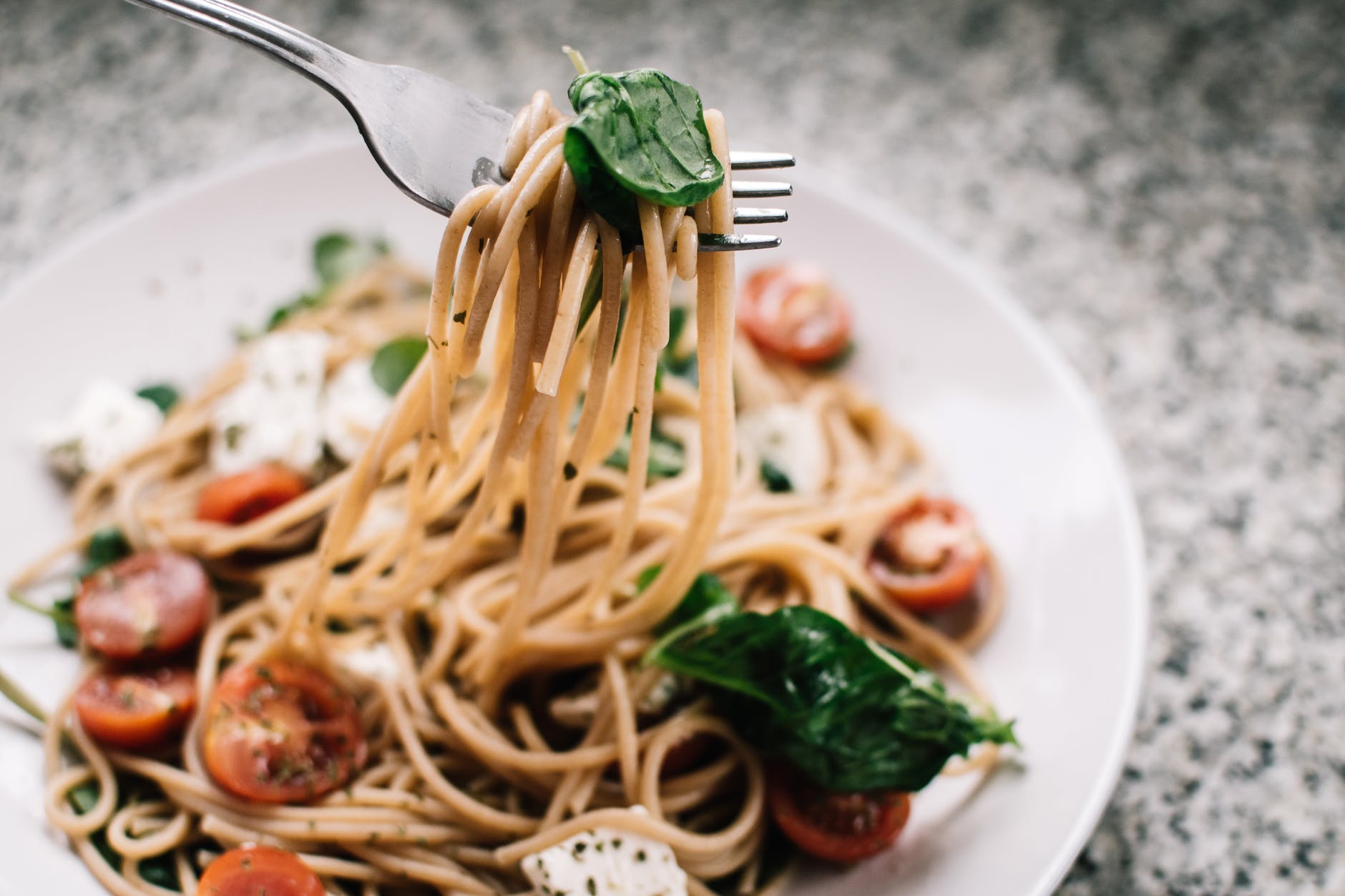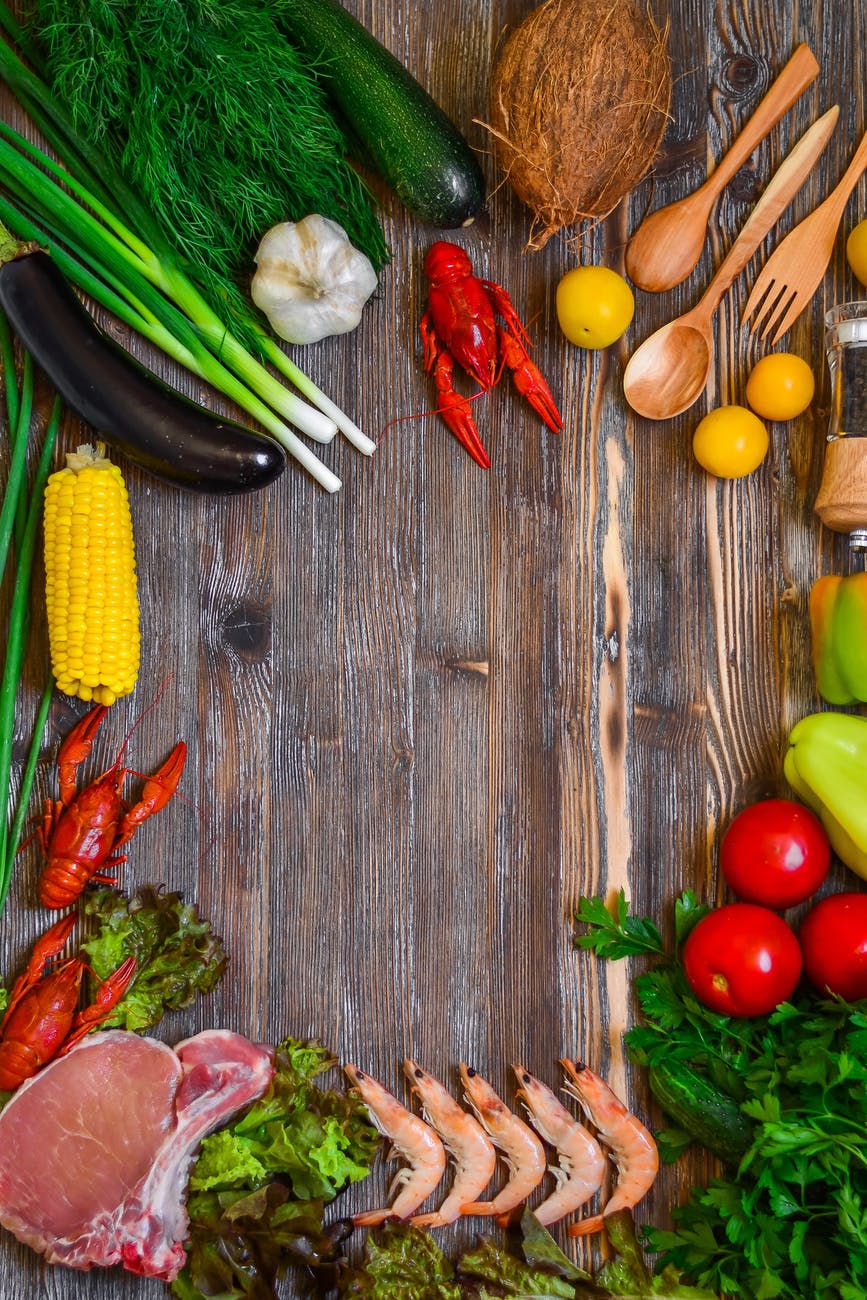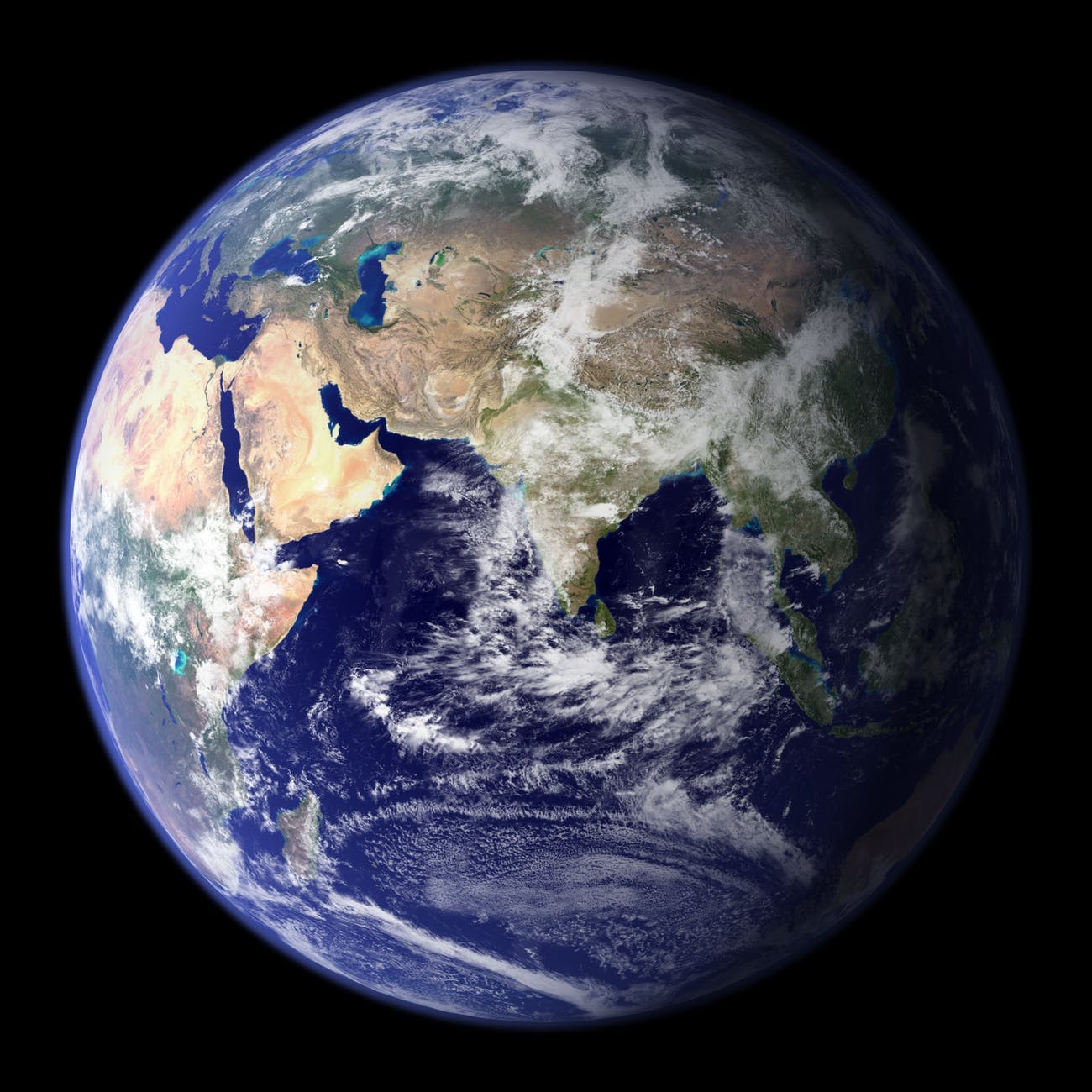
Master’s in Nutrition Science: Important Questions & Significant Answers (Part 1)
The title probably speaks for itself! What are you expected to do as a nutritionist? “Write me a diet plan” or … save the planet? Which one of these two (or of hundreds of other!) options do you think of when hearing the words “nutrition science”?

Photo by Lisa Fotios on Pexels.com
Dietitian Vs Nutritionist: what’s the difference?
When telling my old friends that I’m now studying Nutrition Science, one of the most common responses I get is: “Oh cool! So, can you write me a diet/meal plan?” This is the general idea people have of nutritionists and of what do these guys do. But for real though… Do nutritionists write individual meal plans? Or do scientific research? Or advice healthcare policy-makers? Let’s get some things straight here!
Many people who are not familiar with the field of nutrition still use the terms “dietitian” and “nutritionist” interchangeably.
However, despite the two professions being undoubtedly related, there are some major differences. The biggest difference between dietitians and nutritionists lies in the legal restrictions that each title carries.
According to the Nutritionist Association (Nutrition Föreningen) of Sweden,
“Nutritionists, also called näringsfysiologer in Swedish, are diet and nutrition specialists. A nutritionist is an expert in interpreting, analyzing, critically examining and communicating scientific research results in the nutrition field. A nutritionist has knowledge of nutrition from a molecular level to a public health perspective.”
Statement by the European Federation of the Associations of Dietitians (EFAD):
“Dietitians in Europe are recognized healthcare professionals, educated to at least Bachelor level. Using evidence-based approaches, dietitians work autonomously to empower or support individuals, families, groups and populations to provide or select food which is nutritionally adequate, safe, tasty and sustainable. Dietitians assess specific nutritional requirements throughout the lifespan and translate this into advice and/or treatment. This will maintain, reduce risk to, or restore health, as well as alleviate discomfort in palliative care.”
Dietitian = dietist in Svenska. In Sweden (and in most of the other countries) it’s a legally protected title since you are allowed to work clinically with patients. However, due to the absence of the background in chemistry and biology, dietitians are usually not actively involved in scientific research.
Nutritionist (or näringsfysiolog) in Swedish = not a protected title and one can not work clinically with patients. There is only the Bachelor program given in Kalmar, Sweden, and in Stockholm (at KI) that makes you a nutritionist.
Today there are about 400 professional nutritionists in Sweden. They work in research, education, in government, in the food industry, or in consultancies.
Career opportunities – suggestions from Karolinska
“The program prepares the student for further doctoral studies or other work that relates to the nutrition area where an understanding of the scientific principles is needed. For example, it can be in health-promoting work in the private or public sector, nationally or internationally.”
Phew! Now that we have a clear idea about who are nutritionists and what do we do, let me walk you through the stuff we actually study at the Master’s Programme in Nutrition Science at Karolinska Institutet.
Diet and health – scientific basis, recommendations and sustainability

Source: Pixabay
The first course in the Master’s Programme in Nutrition Science was officially over on 7.10, and if I were to summarize what I’ve learned in this first (quite intense!) month of lectures, seminars, workshops and group works, I would highlight 3 main things:
1. Nutrient recommendations & dietary guidelines – who defines them?
When working within the nutrition science field, it’s important to be able to distinguish between these two. Defining the “recommended daily intake” / “dietary reference values”(RDI/DRV) of major macronutrients like carbs, fats and protein, as well as setting the threshold for specific micronutrients and vitamins (vitamins A or C, iron, calcium, selenium and many others) is necessary to “ensure optimal nutrition and prevent lifestyle-related diseases such as cardiovascular diseases, osteoporosis, certain types
of cancer, type-2 diabetes, and obesity as well as the related risk factors
for these diseases”.
However, as wisely stated by the authors of the Nordic Nutrition Recommendations 2012 (NNR 2012) – one of the most well-researched and thoroughly documented works within nutritional science worldwide –
“single food items or nutrients cannot alone ensure overall health and diet as a whole needs to be considered.”

Photo by Pixabay on Pexels.com
Thus, while learning about the scientific evidence behind Swedish and international nutrition recommendations, we got the chance to understand the basis for formulating national dietary guidelines, and why do these differ between different countries and regions.
2. Diet is not a “personal choice”. Environmental issues are real, and so is climate change.
By working with different documents linking various dietary patterns and their impact on the environment, such Foodsource chapters developed by the Environmental Change Institute & the University of Oxford, as we realized that nutrition scientists must also take factors like food production characteristics, seasonal food supply, and food origin into consideration when formulating national dietary guidelines. Essentially, a diet that supports health can and must also be sustainable from both environmental and ecological perspectives.

Photo by David Jakab on Pexels.com
The food system contributes to 20-30% of global greenhouse gas (GHG) emissions.
Not a small number, is it? Our modern food production does indeed affect the environment, often in a negative way: The food system is estimated to contribute approximately 20–30% of global human-made GHGs.
“The major impacts come from farming/agriculture and land-use change, with fertilisers, pesticides, manure, farming and agriculturally-caused deforestation-together contributing as much as around 24% of global GHG emissions.”
Livestock alone contribute 14.5% of human-made GHG emissions.
Interestingly, exactly at the time we were having a course heavily focusing on the sustainability of different diets, the Intergovernmental Panel on Climate Change (IPCC) released a report stating that ” Human activities are estimated to have caused approximately 1.0°C of global warming above pre-industrial levels, with a likely range of 0.8°C to 1.2°C. Global warming is likely to reach 1.5°C between 2030 and 2052 if it continues to increase at the current rate.”
This basically means that the climate change impacts of human activities are, in reality, worse than expected.

Photo by Pixabay on Pexels.com
IPCC report 2018: Read more about the issue here
“The Millennium Ecosystem Assessment of 2005 concluded that
changes in biodiversity due to human activities were more rapid in the past
50 years than at any time in human history and that this has increased the
risks of abrupt and irreversible changes to ecosystems.”
A widespread dietary shift to eating less meat would significantly lower emissions, and has to be advised to both producers and to the consumers.
When becoming aware of the environmental impact of our dietary choices, I started to strongly believe that it is the right time to reconsider what we are literally “putting on our plates” to save resources of our planet Earth and to be able to feed our growing human population. The influences and trends of food production have to be taken into account while making nutritional recommendations, as well as ways of building a sustainable and equitable health and social system for the future.
3. NO PANIC! It’s just the beginning.
Despite the fact that the first month of the programme felt somewhat overwhelming with all this large amount of new information and many different topics being covered, it’s been very enjoyable & dynamic start of the new education for me, and I couldn’t be happier about my choice of Master’s so far!
Hope you got some impression of what does the life of a #nutritionisttobe look like! Part 2 coming soon 😉
Questions? Contact me via:
Email: dasa.svaikovskaja@stud.ki.se
Facebook: Dasha Shvaikovskaya
Instagram: @dashashv

0 comments